A Convolutional Neural Network (CNN) is a specialized deep learning model used for processing grid-like data, like images. It consists of layers that perform convolutions to capture patterns in the input data, making it particularly effective for tasks like image recognition and classification.
“CNN is a specialized deep learning model used for processing grid-like data, like images.”
CNN’s layers are meticulously engineered to mimic the visual cortex’s hierarchical structure, enabling it to discern features from raw input data. Convolutional layers act as the backbone, performing localized feature extraction through mathematical convolutions. These convolutions enable CNNs to identify patterns such as edges, textures, and shapes, forming the foundation for subsequent layers to build upon.
Pooling layers play a pivotal role in dimensionality reduction, consolidating essential information while discarding redundant details. By downsampling the feature maps produced by convolutional layers, pooling layers facilitate efficient computation and mitigate overfitting, ensuring the model’s generalization capabilities.
The architecture of CNNs is not static but highly customizable, offering configurations to suit diverse applications. From varying the number of layers to implementing specialized techniques like dropout and batch normalization, CNNs can be tailored to address specific challenges, attesting to their versatility and adaptability.
Examples of CNN Applications:
- Healthcare: CNNs aid in medical image analysis, enabling early disease detection and personalized treatment strategies.
- Self-Driving Vehicles: CNNs power perception systems, enhancing vehicle safety and navigation capabilities.
However, the proliferation of CNNs also raises ethical considerations, necessitating responsible deployment and vigilant oversight to mitigate potential biases and safeguard privacy rights.
As CNNs continue to augment human capabilities and redefine societal norms, ethical frameworks must evolve concomitantly to ensure equitable and transparent AI systems.

